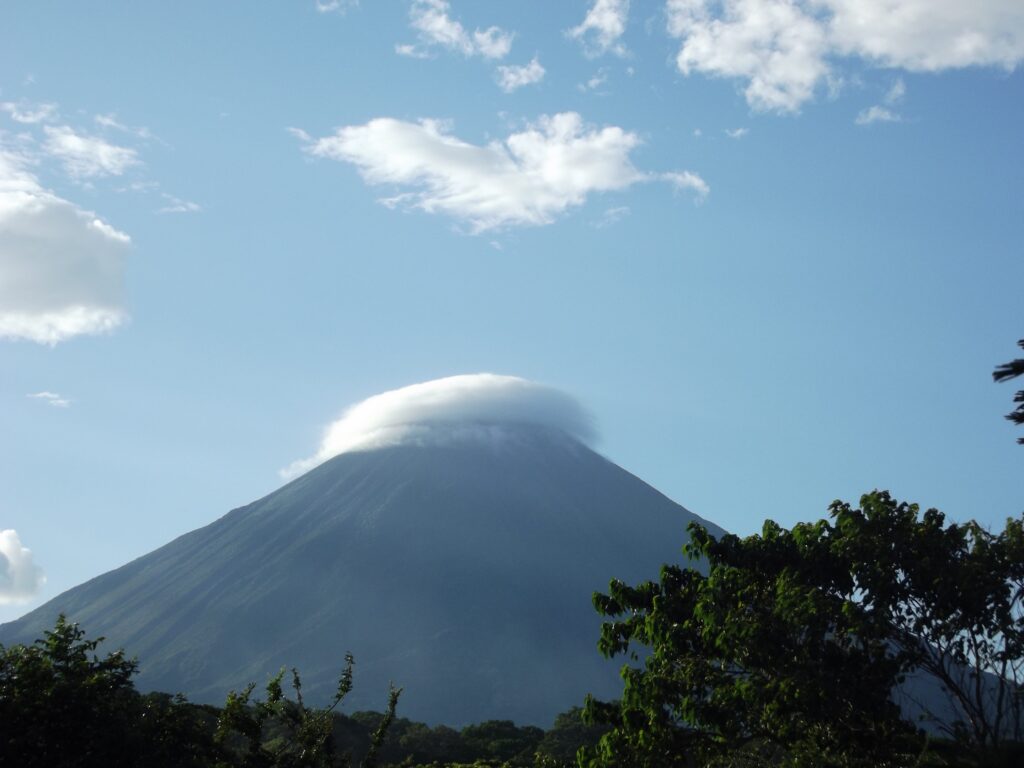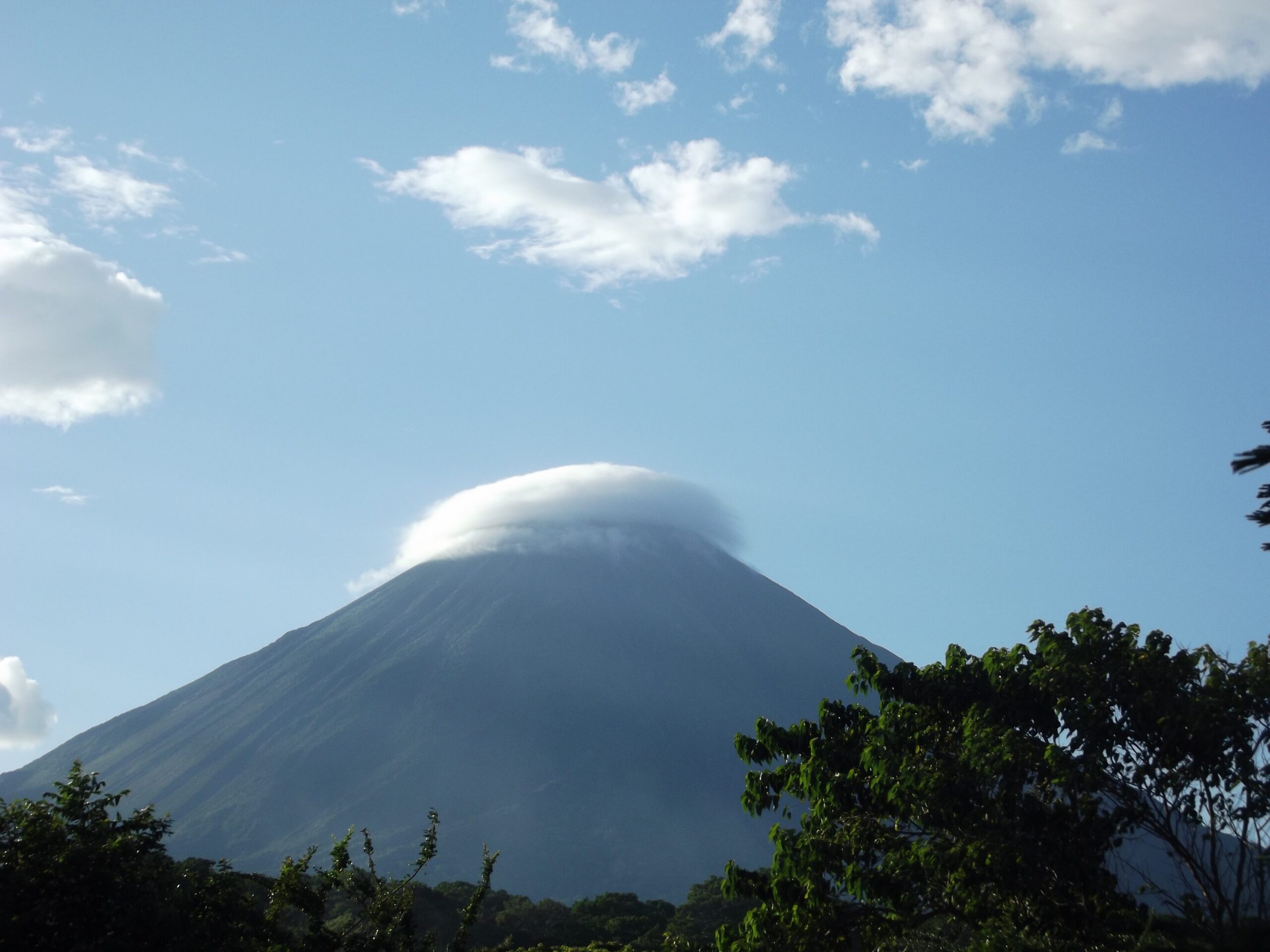
I am in Nicaragua with Leaf for Life that is doing workshops on sustainable ways people can grow food to fight malnutrition. The workshops have been at the University of Agriculture in Managua and two women’s coops out in the country. I was here 30 years ago and the country has changed a lot. When I was here last the Contras were sponsored by the US and blowing up clinics and water projects. Now the country feels settled in and making a lot of progress. The situation seems less dire and there is a lot of improved infrastructure and housing though still some surprising mix of the old ways and the new world. People on cell phones riding horses to herd cattle along the beach of Lake Nicaragua while a kite surfer skips over the nearby waves. One surprising advancement is in their energy supply. Their electricity is now almost 50 % supplied by renewables with the goal of 80% in the next few years. There is a lot of steady wind and 19 volcanoes that lend themselves to geothermal energy.
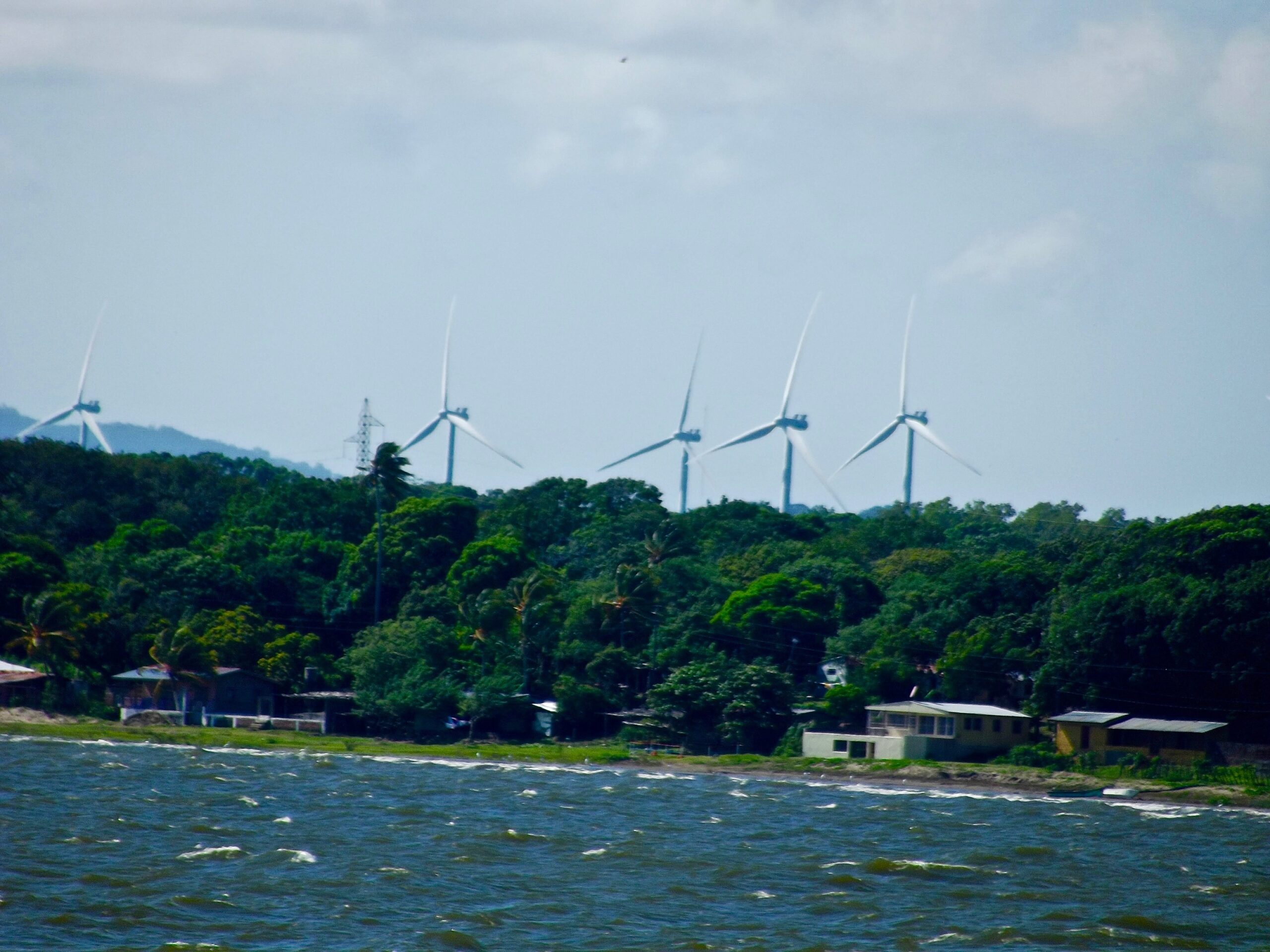
They are also putting in solar though mostly in large solar farms so far and some older solar water heating. This began in 2005 when the grid had frequent blackouts of up to 12 hours at a time and was fueled by imported fuel oil that was a financial drain and an environmental deficit. Now there are two geothermal plants at 2 of the volcanoes and windmills along Lake Nicaragua. They are second only to Costa Rica in the region for production of renewable energy and may soon be able to export it to neighbors. Renewable energy has made their grid much more stable and more affordable.
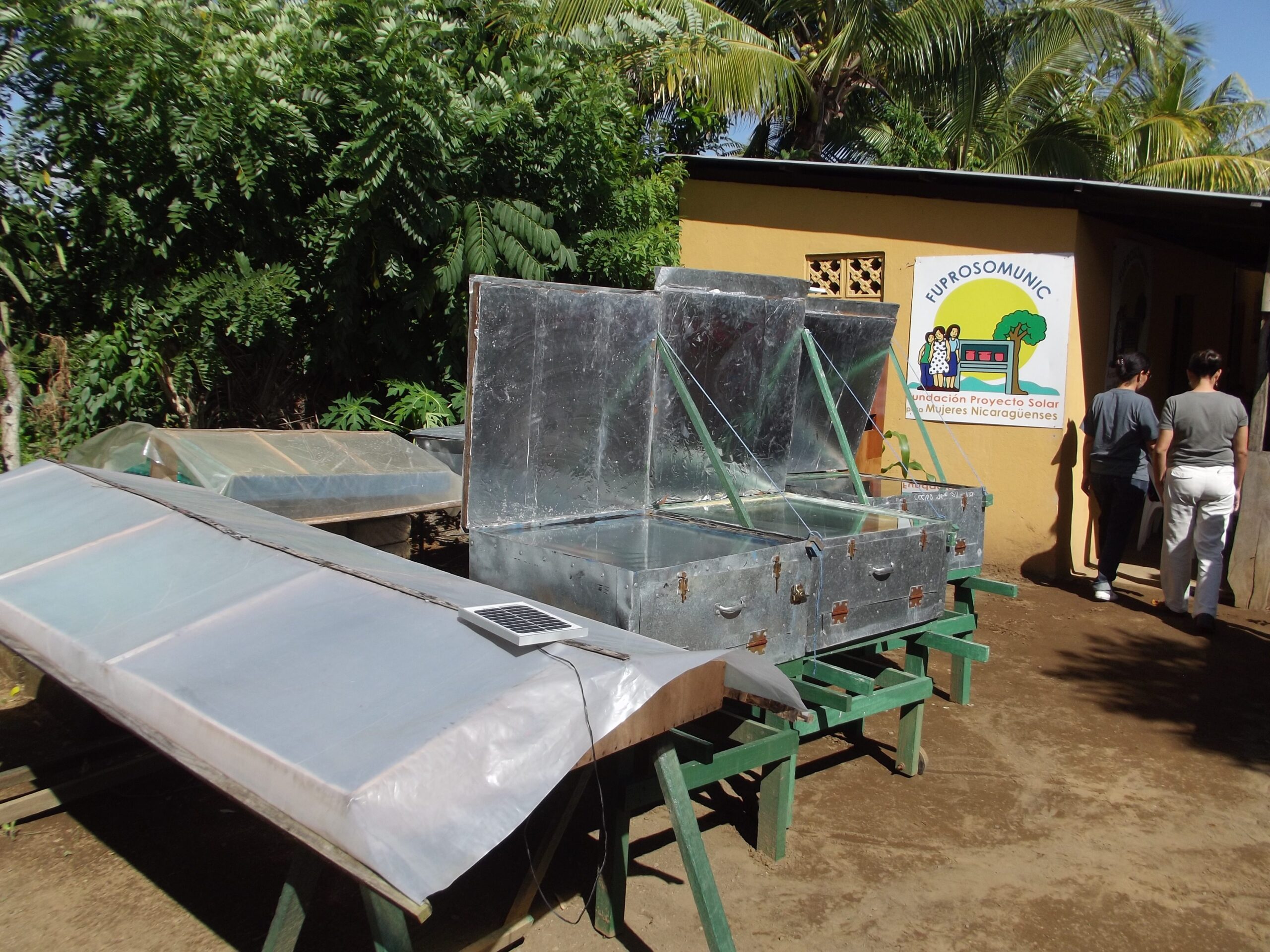
In the projects I went to with Leaf for Life both were using solar dryers and solar ovens. A couple of years ago 1000 solar ovens were distributed to families in the countryside and a follow up study found that 70% were in use regularly and preferred for many cooking tasks. The solar dryers were being used to dry fruit to preserve and sell in markets and for drying teas for market. Leaf for Life demonstrated the value of drying edible green leaf crops and grinding that to a powder that makes it much less perishable and easier to add into different recipes. Moringa grows well here and is already grown as an export crop to the US and Europe. Many green leaves are useable from cowpeas and sweet potato leaves to alfalfa and chaya. Aside from basic hunger or sever malnutrition many children do not get enough micronutrients like iron and Vitamin a that, if not corrected, can lead to long term health problems both physical and mental. This is where green leaves are powerful and can be grown and processed with low technology and low cost. It is a self reliant approach to fighting malnutrition.
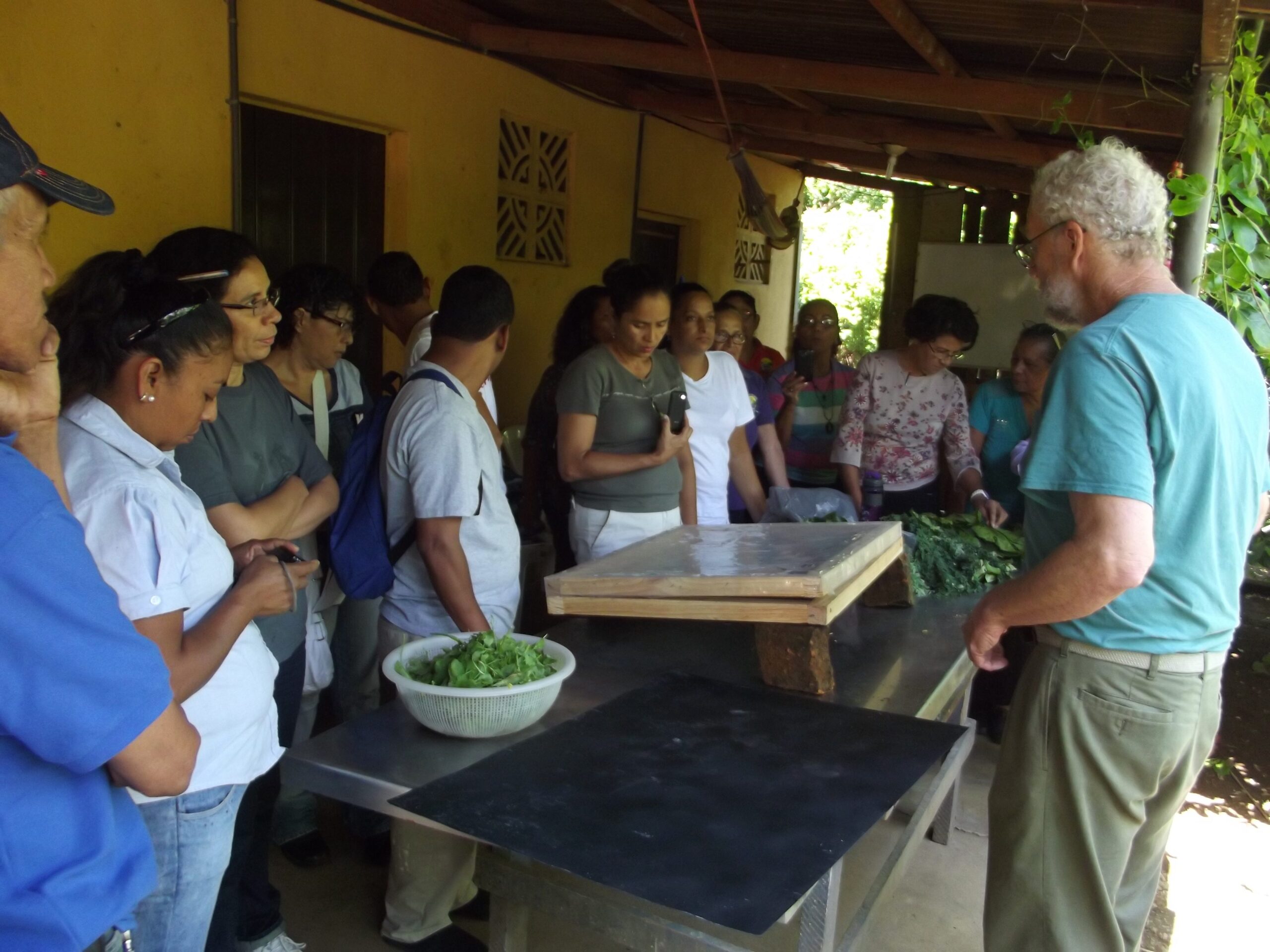
Nicaragua is using their abundant renewable energy from the household scale to the industrial and improving their economics and environment.
https://www.worldbank.org/en/news/feature/2013/10/25/energias-renovables-nicaragua
boone guyton


